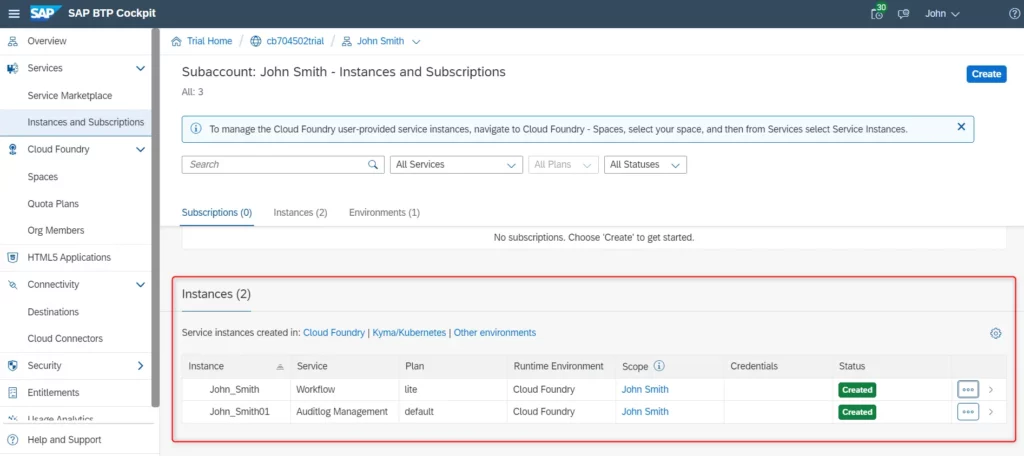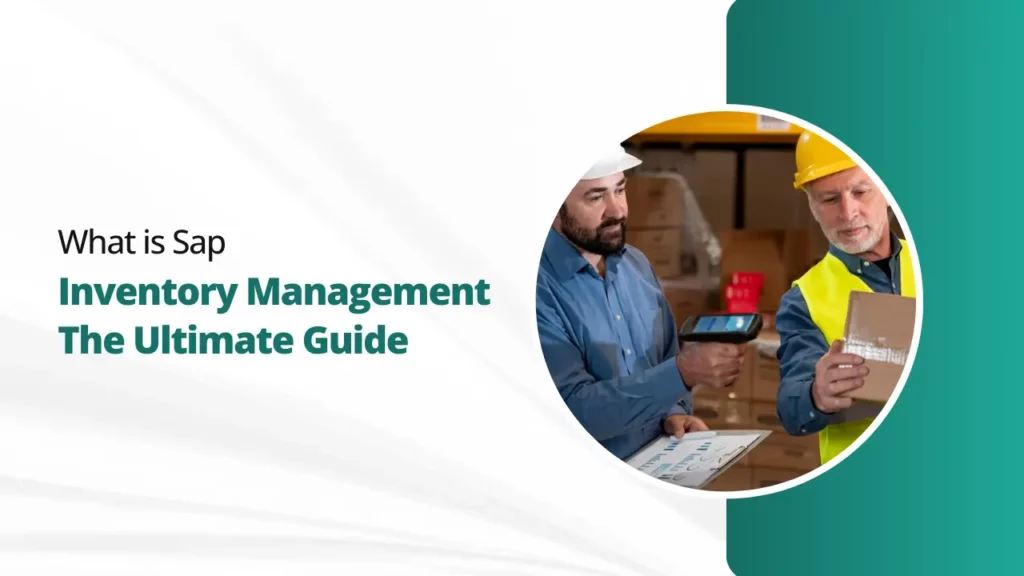SAP Inventory Management (SAP IM) is a powerful solution that integrates with various business processes. It provides real-time insights, enhances accuracy, and drives cost savings. It is part of the SAP ERP suite, which offers tools for managing all businesses. Want to know what is sap inventory management? This ultimate guide aims to explain SAP IM. Learn key features, best practices, and tips for efficient control from our guide.
What is Sap Inventory Management
SAP Inventory Management is a software that helps businesses manage their inventory levels. It provides businesses with a real-time lens into their stock. This software allows for informed decision-making and a boost in operational efficiency.
Critical Components of SAP Inventory Management
Material Master Data, Stock Types, and Goods Movement are the building blocks of SAP IM. Each component plays a crucial role in ensuring an approach to inventory control.
Material Master Data
Serving as the bedrock, Material Master Data contains vital information about materials. It includes descriptions, units of measure, and storage details.
Stock Types and Valuation
Understanding the nuances of different stock types and their valuation methods is crucial. It is essential for accurate financial reporting and effective inventory control.
Goods Movement
This component traces the flow of goods within the organization. It records every inbound and outbound movement to maintain a comprehensive inventory record.
Benefits of SAP Inventory Management
It offers a wide range of benefits, including:

1. Improved Visibility:
SAP IM provides real-time visibility into inventory levels across the entire supply chain. This allows businesses to track their inventory and make informed production decisions.
2. Reduced Costs:
SAP Inventory Management can help businesses to reduce costs in many ways. It includes:
- SAP Inventory Management can help businesses optimize their inventory levels. This can lead to significant cost savings.
- It can help businesses to fulfill customer orders quickly and accurately. This can reduce costs associated with backorders and cancellations.
- SAP IM can track the movement of inventory throughout the supply chain. This can help to identify and eliminate potential sources of waste and spoilage.
3. Improved Customer Service:
SAP Inventory Management improves customer service by ensuring order accuracy. This can lead to increased customer satisfaction and repeat business.
4. Increased Efficiency:
SAP Inventory Management can streamline the inventory management processes. This leads to increased efficiency and productivity.
Getting Started with SAP Inventory Management
Implementing SAP IM involves a systematic approach:
- System Setup: Configure the system to align with your business requirements.
- Optimal Performance: Fine-tune the settings for optimal performance. Also, integrate it with existing processes.
Best Practices for Effective Inventory Control
Here are some best practices for effective inventory control in SAP Inventory Management:
1. Use the Right Inventory Management Functionality.
SAP Inventory Management offers a wide range of functionality to manage inventory. Choosing the proper functionality for your business’s specific needs is essential.
2. Set Accurate Inventory Levels.
SAP Inventory Management can help you to track and manage your inventory levels in real time. However, it is essential to set accurate inventory levels in the first place.
3. Use Cycle Counting to Verify Inventory Levels.
Cycle counting is the process of physically counting inventory regularly. SAP Inventory Management supports cycle counting. It would help if you used this functionality to keep your inventory records up-to-date.
4. Use a Warehouse Management System (WMS).
A WMS can help you automate many of your inventory management tasks. SAP IM integrates with WMS solutions so that you can choose the right WMS for your business.
5. Use Forecasting to Predict Demand.
SAP IM includes forecasting tools that can help you predict product demand. By forecasting demand, you can better plan your inventory levels and avoid stockouts.
Conclusion
In conclusion, this ultimate guide aims to empower businesses with the knowledge and tools to master SAP Inventory Management. From understanding its core components to navigating common challenges and embracing future trends, companies can use SAP IM to streamline operations, enhance efficiency, and stay ahead in today’s competitive market.
If you need help setting up SAP inventory management software, contact us. We have a team of experts to assist you in this matter.




